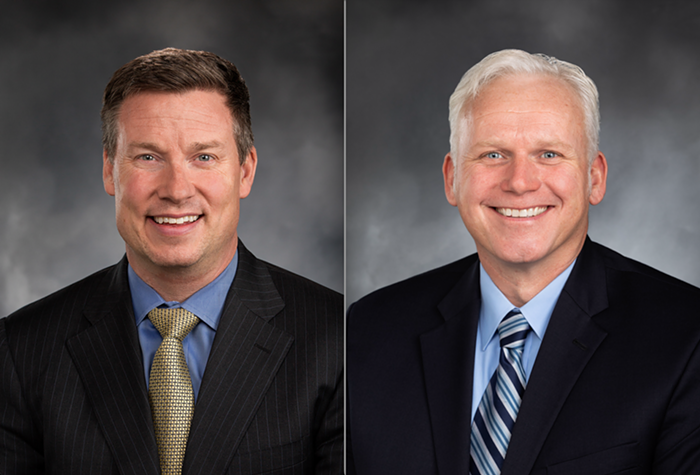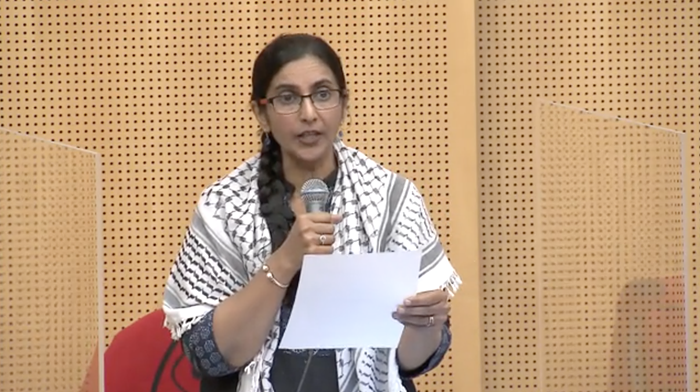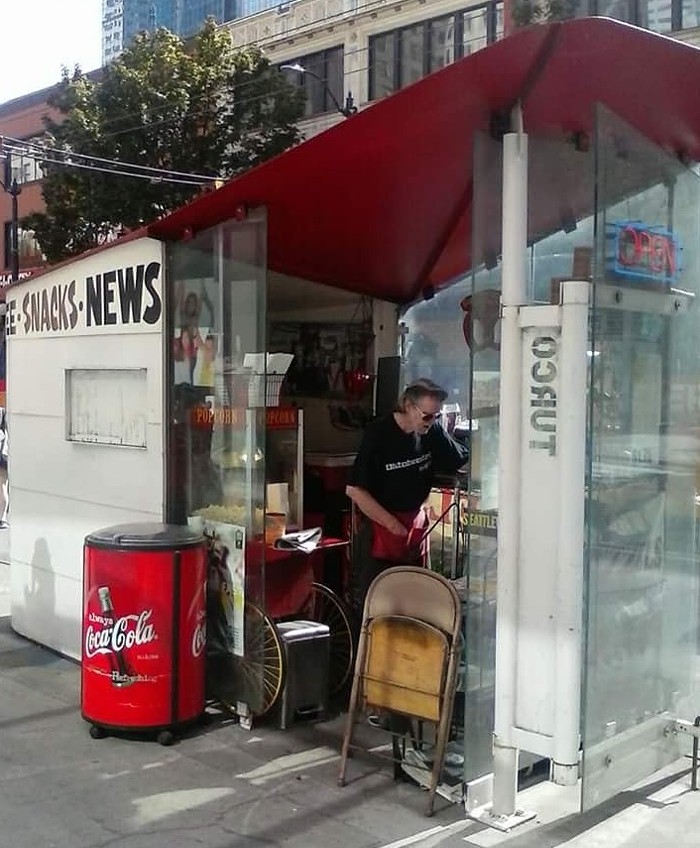In a public safety committee hearing on Tuesday, soon to be ex-Senior Deputy Mayor Monisha Harrell guaranteed an October launch date for a “dual dispatch” emergency response program, which partially fulfills a promise from Seattle Mayor Bruce Harrell, her uncle, to create a police alternative for the City.
However the program falls short of the “non law enforcement” response the mayor’s office outlined in 2022, and with M. Harrell, one of the more forward-thinking members of the mayor’s team, planning to leave the office, Seattle decriminalization advocates raise doubts about the City’s commitment to invest in actual alternative models and its willingness to flout the interests of the Seattle Police Officer Guild.
Though M. Harrell plans to step down, she’ll stay on with the administration until September 1 to shepherd the dual dispatch program through its final stages. To launch the $1.5 million program, the Community Safety and Communications Center (CSCC) plans to hire six mental health responders and a clinical supervisor to respond to Priority 3 and Priority 4 calls, which include calls with a person down and welfare checks, respectively.
Over the phone, CSCC Deputy Director Amy Smith acknowledged how similar the program sounded to the City’s existing Crisis Response Team, which partners mental health professionals with SPD officers to respond to people experiencing behavioral health issues.
One difference between dual dispatch and co-response comes from what happens after both cops and the service providers arrive on scene, Smith said. If SPD determines the call only requires a mental health professional, then cops can leave. The co-responder model also involved criminal calls, whereas the dual dispatch model only deals with non criminal calls. The pilot plan does not include any language about the non-law-enforcement professionals responding solo to scenes.
A lot of questions about the direction of the program remain, and part of the pilot program includes collecting data to learn what types of calls don’t require police. That data basically already exists, though. The National Institute for Criminal Justice Reform’s 2021 analysis showed that 80% of SPD calls for service involved non-criminal matters. The report also found that about half of all calls did not require a sworn response.
During Tuesday’s committee meeting, M. Harrell talked about some of the program’s other limitations, such as the fact that it won't run 24/7. However, she said she had learned about similar programs in other cities that also started small and later grew into something more robust.
Smith echoed M. Harrell’s hope for program growth and pointed out that in Albuquerque many referrals to the city’s alternative response model now come from cops who recognize the scene doesn’t require police.
“At a certain point, police just felt confident that these teams were very well trained and they just said, ‘You guys take this,’” Smith said.
However BJ Last with Defend the Defund said no one from the community asked for or wants the dual dispatch framework. People who called for defunding SPD wanted to stop police mediating access to services, not to keep police involved and have “someone else standing next to them,” he said.
Last pushed back against the potential for the program’s growth, especially if that growth depends on SPD investment. The police department’s only contribution to the program involves shrinking it, he argued. The departure of M. Harrell didn’t inspire any confidence in him about the future expansion of police alternatives, either.
Even in the response from the mayor’s office regarding Bruce Harrell’s commitment to police alternatives, mayoral spokesperson Jamie Housen talked about addressing situations where “a police response on its own may not be the most appropriate,” emphasis mine, which is incongruous with this pilot program.
Housen went on to describe the mayor’s plan to transition the CSCC into a Civilian Assisted Response and Engagement Department–a CARE Department–that could house responders other than police, EMT, and firefighters. He echoed what Smith said about using the pilot’s data to determine how or whether to expand the program, but he couched the comment by adding, “...understanding there will remain budget and labor considerations,” again, emphasis mine.
The mention of labor considerations points to the ongoing negotiations between the City and the Seattle Police Officers Union (SPOG). SPOG President Mike Solan has spoken publicly about the union’s opposition to many forms of police alternatives. Smith said she wasn’t sure how the unions received the dual dispatch program proposal. Solan did not respond to requests for comment.
Housen also said the dual dispatch pilot program might inform the creation of other response teams, and he pointed to other police alternatives Harrell supported, such as expanding the City’s park ranger program, which SPOG supported, and We Deliver Care–a promising policing alternative limited to Third Avenue, which the City almost defunded last year.
Editor's note: This story was updated to include additional differences between the dual dispatch co-response models.




















